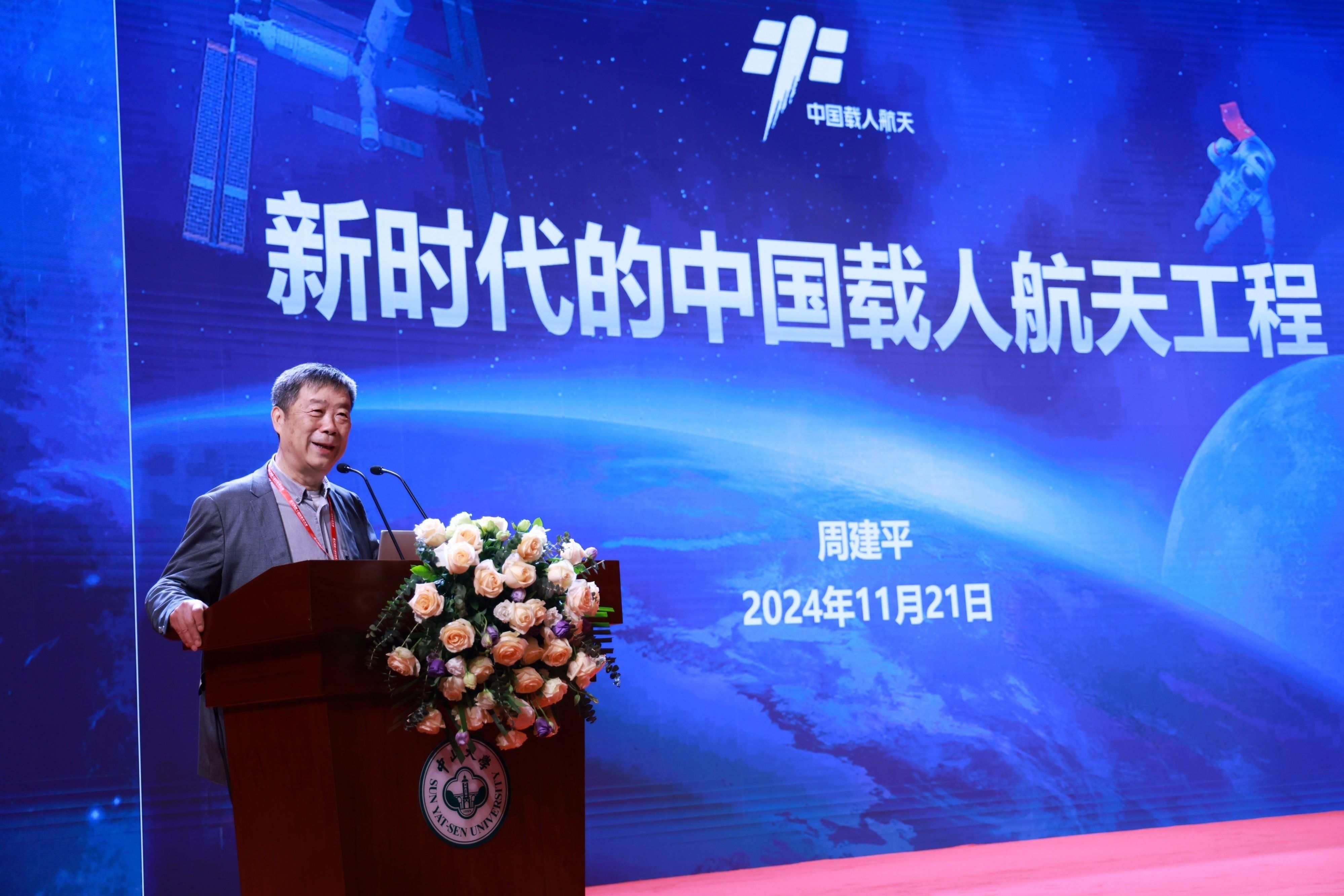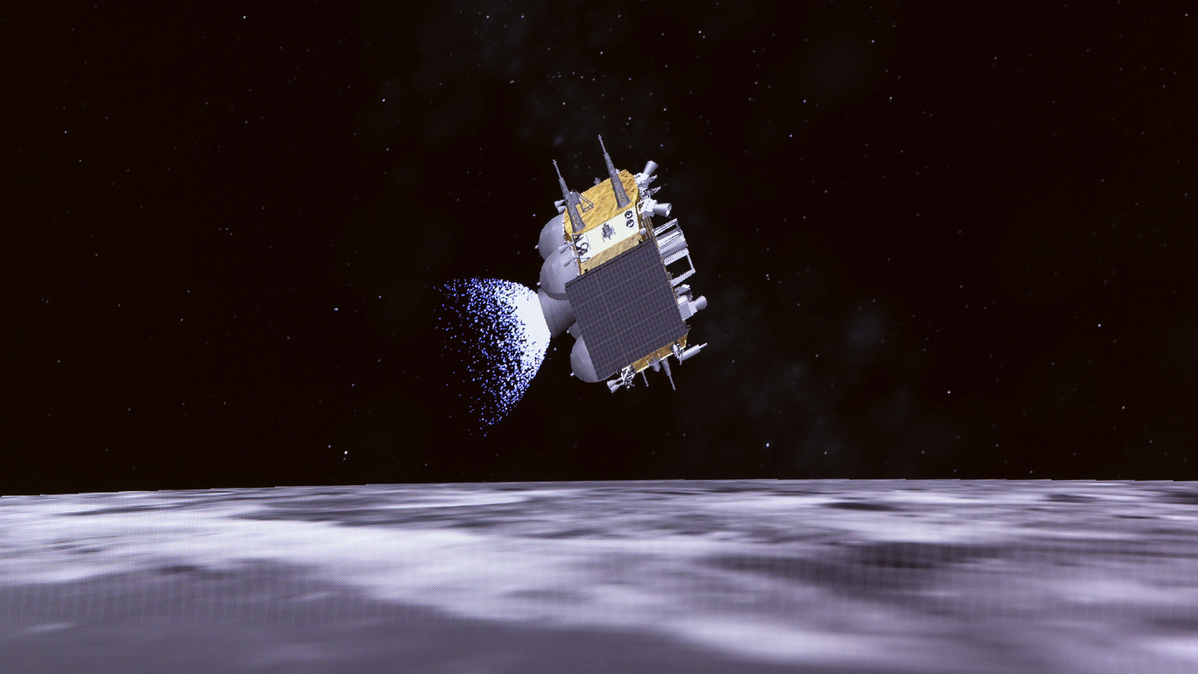
SHENZHEN/BEIJING - China unveiled further details of its future manned lunar mission in a video released Thursday.
The animation in the video, released by the China Manned Space Agency (CMSA) at the Human Space Symposium, demonstrates astronauts driving a lunar rover on the surface of the moon, and displays a three-day driving route with the landing area at the center.
According to the video, China's manned lunar landing mission will focus on mastering critical technologies such as manned Earth-Moon round trips, short-term stays on the lunar surface, and human-robot collaborative exploration.
The mission will encompass a range of tasks, including landing, roving, sampling, research and returning to Earth.
READ MORE: China unveils further details of future manned lunar mission
China's first manned lunar mission will begin with the launch of the Lanyue lunar lander aboard the country's new heavy carrier rocket, and Lanyue will then await the subsequent arrival of the Mengzhou manned spacecraft in space. Mengzhou will be poised for its rendezvous with Lanyue in lunar orbit, at which time the astronauts will transfer into the lander.
The lander will then separate and descend to the moon's surface. Upon the completion of their lunar exploration, the astronauts will return to lunar orbit in the lander's ascent stage. This stage will involve re-docking with the spacecraft, and will mark the beginning of the astronauts' journey back to Earth.
China aims to achieve manned lunar landing by 2030. By utilizing pre-crewed flight tests and manned lunar missions, China plans to conduct large-scale space science experiments targeting three key areas, including lunar science, lunar-based science, and resource exploration and utilization.
ALSO READ: Shenzhou XIX crew receive delivery from Earth
Production and ground tests of prototypes of the Long March-10 carrier rocket, Mengzhou, Lanyue, the spacesuit to be worn by astronauts, and the lunar rover are underway as planned, according to the CMSA.
"The development of the Long March-10 rocket, Mengzhou, and Lanyue with its lunar rover is progressing intensively," Zhou Jianping, chief designer of China's manned space program, told Xinhua at the symposium.
"Several of these initial prototypes have been completed and are now in their testing phase to ensure readiness for future lunar missions," he said.

The CMSA video also showcased prototypes of the manned spacecraft, as well as the lunar lander on its testing pad.
Ground facilities and equipment for the production and tests have been completed and are operational, and the construction of the Wenchang Spacecraft Launch Site is proceeding as planned.
ALSO READ: China's manned lunar rover prototype advances to initial development stage
At the Human Space Symposium, held Nov 21-22 in the southern Chinese city of Shenzhen, academicians, leading domestic experts and astronauts will address topics such as the scientific achievements of the space station and the construction and operation of the national space laboratory.
Meanwhile, the China Academy of Space Technology (CAST) on Thursday said that an inflatable capsule has successfully passed its in-orbit flight test aboard China's Shijian-19 satellite.
The inflatable capsule is a new, multi-functional type of sealed capsule composed of a flexible skin. It is compressed and folded during launch, and unfolded and inflated after entering orbit.
READ MORE: China prepares to launch Tianzhou 8 cargo spacecraft
It is lightweight and has a high folding efficiency, making it an effective way to build large sealed capsules in space.
During its carrying technology verification test, the product underwent an environmental assessment of its launch process and successfully completed a series of flight actions, including unlocking, inflating, unfolding and maintaining pressure.
Indicators such as capsule body bearing capacity, airtightness performance and interior capsule temperature met their technical verification expectations.
The technological achievements of the inflatable capsule will provide technical support for China's major space projects, such as its space station and manned lunar landing projects, CAST said.


